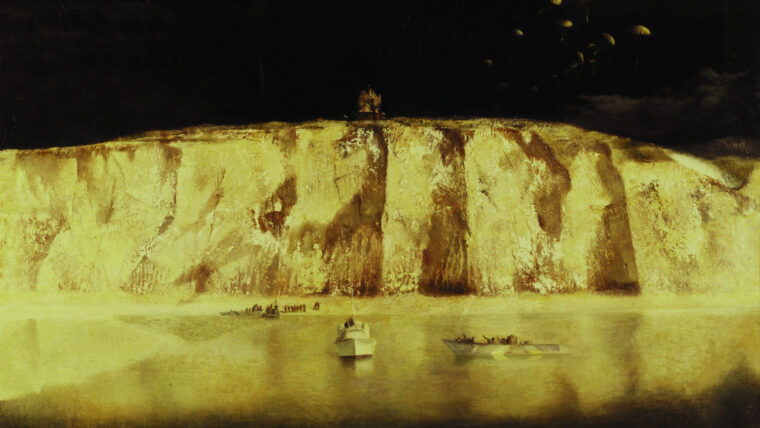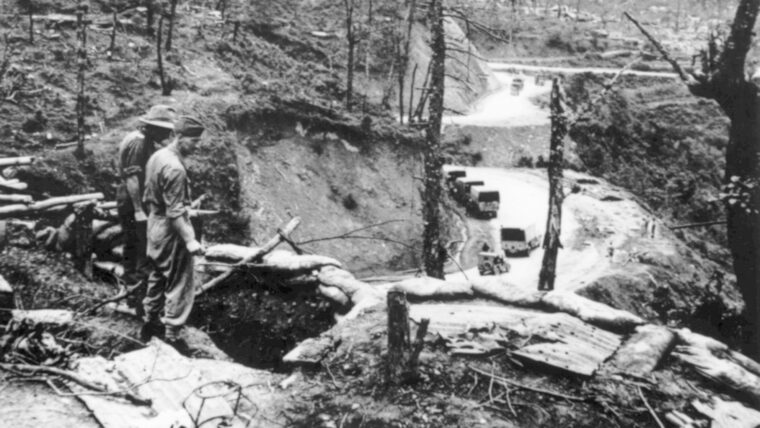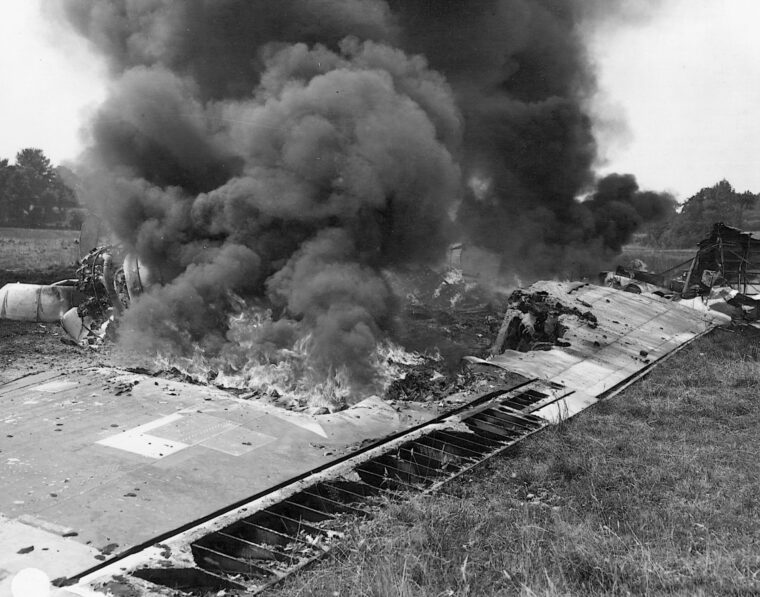
Royal Air Force
Linchpin of the Mediterranean
By Mark SimmonsIt was the humid season on Malta that September of 1943. The hot Sirocco winds from North Africa blow from August to October across the cool sea, raising humidity. Read more

Royal Air Force
It was the humid season on Malta that September of 1943. The hot Sirocco winds from North Africa blow from August to October across the cool sea, raising humidity. Read more

Royal Air Force
In 1944, air traffic over southern Britain was almost at the New York City rush- hour level. On any given early morning, heavily laden B-17s and B-24s would be circling, laboriously assembling into formation for runs to targets in France and Germany. Read more

Royal Air Force
Q: Could you give us a little personal background before we talk about your war experiences?
SIMS: I was born on April 29, 1925, at Sheffield in Yorkshire. Read more

Royal Air Force
During the summer of 1940, Winston Churchill was fighting a two-front war. The first was against Adolf Hitler and his war machine, particularly his Luftwaffe. Read more

Royal Air Force
Superficially, Phil Cochran personified the WWII fighter pilot, a combat daredevil, nonchalant about the niceties of rank and zealous in pursuit of what he called “chicks.” Read more

Royal Air Force
The popular conception of the struggle in the air over northern Europe during World War II is of squadrons of sleek fighters racing over the German heartland to protect contrailed streams of lumbering bombers stretching beyond sight. Read more

Royal Air Force
Through the long, lovely days of the summer of 1940, almost two years before Operation Biting or the “Bruneval Raid,” Royal Air Force Spitfire and Hurricane fighter planes turned back the might of the Luftwaffe over southern and southeastern Britain. Read more

Royal Air Force
The two regiments from the county of Kent, down in southeastern England, are of both ancient and honorable lineage. Read more

Royal Air Force
A few moments after his stricken Boeing B-17 Flying Fortress bomber tore apart, co-pilot Ralph Patton hurriedly put his bail-out plan into action. Read more

Royal Air Force
The German mountain troops were dug into their shallow, frozen foxholes waiting for the enemy ski troops to appear across the horizon. Read more

Royal Air Force
Near the end of World War II, Hitler boasted he was about to unleash Vergeltungswaffen, or “vengeance weapons.” Read more

Royal Air Force
The English officer studied the Burmese river and its surroundings. The area seemed quiet, for the moment peaceful. Read more

Royal Air Force
On May 25, 1917, a fleet of 21 bombers lumbered in a line at 12,000 feet over the English coast. Read more

Royal Air Force
When World War II began in September 1939, just nine months before the Siege of Malta, its three small islands in the central Mediterranean were still considered part of the British Commonwealth. Read more

Royal Air Force
On the vast Eastern Front, the Demyansk salient represented little more than a smudge on the battle map. Read more

Royal Air Force
In some historical circles, a mistaken impression has developed that the U.S. Navy’s Task Force 38 launched the aerial offensive on the Japanese stronghold at Rabaul, New Britain, that ultimately rendered the base useless. Read more

Royal Air Force
On November 11, 1941, the U.S. Navy gunboats USS Luzon and Oahu were ordered to “make quietly all preparations within the ship for a cruise at sea.” Read more

Royal Air Force
The three rubber dinghies struggled through the rough surf in the pitch black night toward an inhospitable stretch of rocky beach. Read more

Royal Air Force
Following the forced evacuation of Allied forces at Dunkirk in June 1940, British leaders viewed a dim future. Read more

Royal Air Force
Adolf Hitler believed in Vorsehung (providence). The German leader felt that if anything was going to happen to him, such as assassination, there was nothing he could do about it. Read more